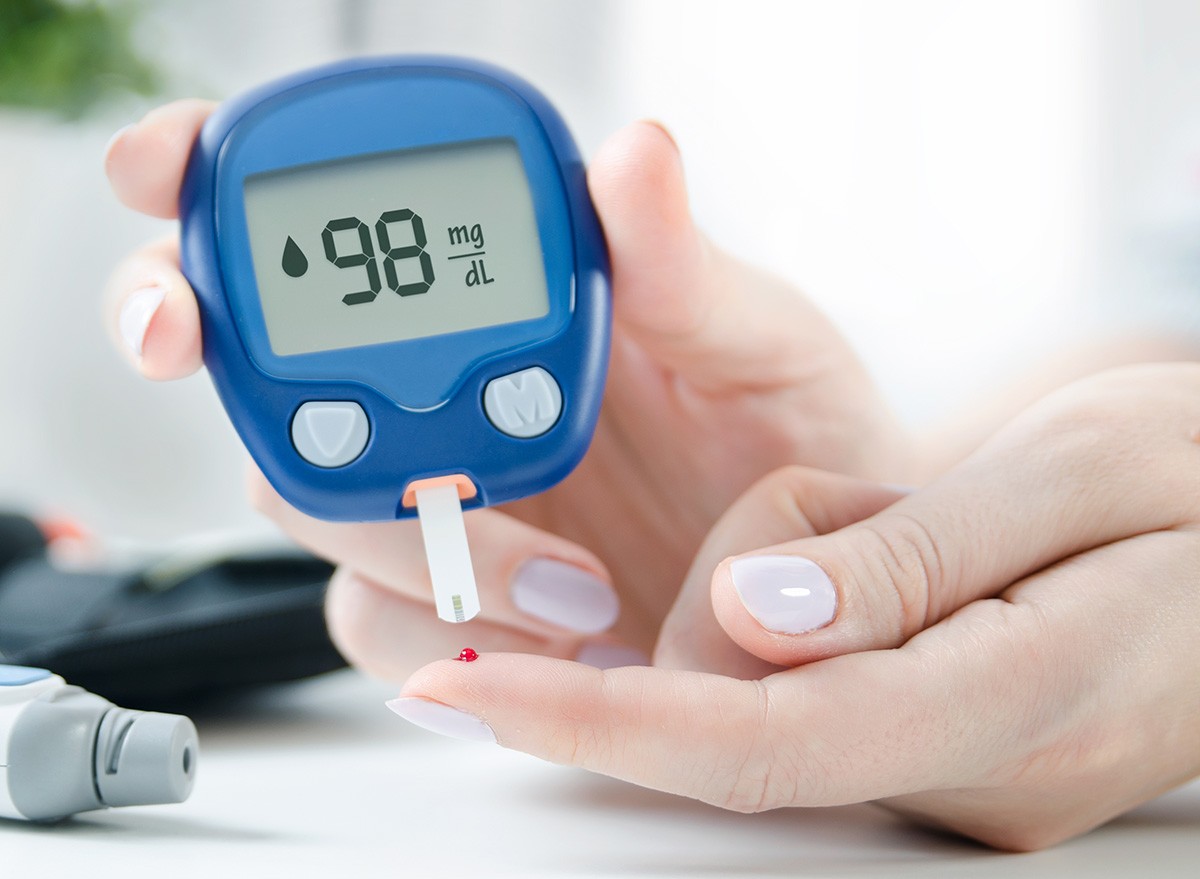Functional MD Reveals 5 Natural Ways to Lower Cortisol Levels

Do you feel constantly stressed, struggle with stubborn weight, or deal with unexplained fatigue? Your cortisol levels might be working against you. This stress hormone can be both friend and foe—supporting vital functions when balanced but causing havoc when chronically elevated. Dr. Lyzenga-Dean, a Functional Medicine Healthcare Provider, explains that high cortisol doesn't just come from mental stress: "It's not just mental and emotional stress that triggers the release of cortisol. Physical stressors like infections, autoimmunity, hormone imbalance, and more can raise it too." Here are five science-based strategies to help you restore balance and feel better naturally.
This Is How Cortisol Affects Your Body
Before diving into solutions, it's crucial to understand what high cortisol does to your body. "When cortisol stays too high for too long, it raises blood glucose, keeps you in fat storage mode instead of fat loss mode, and blocks the calming and helpful progesterone that can lead to estrogen dominance over time," Dr. Lyzenga-Dean explains in her post. This understanding helps explain why managing cortisol is crucial for overall health.
Recognize the Warning Signs

According to Dr. Lyzenga-Dean, chronically high cortisol manifests in various ways: "It makes a mess of our immune systems, your circadian rhythm and your metabolism. Not to mention chronically high cortisol causes symptoms of anxiety and depression, chronic fatigue and pain, heart palpitations, stress hives, and general misery at high levels." Recognizing these symptoms is the first step toward addressing the problem.
Balance Blood Sugar With Smart Food Choices

"Since cortisol is released in response to blood sugar spikes and crashes, eating foods that encourage steady blood sugar levels helps to reduce cortisol," Dr. Lyzenga-Dean explains. She recommends focusing on protein, healthy fats, and fiber, which act as "extended release nutrition" by slowing down the breakdown and absorption of fuel. This natural approach helps level out the spikes and crashes typically caused by processed carbs and sugary foods.
Rethink Your Relationship With Caffeine

While that morning coffee might feel essential, it could be working against you. "Caffeine directly causes adrenal cells to make more cortisol as well as other stress hormones, which creates a cycle of physical chronic stress and dependence on caffeine," warns Dr. Lyzenga-Dean. She suggests reducing intake or temporarily eliminating caffeine to break the cortisol spiral, especially if you're experiencing morning grogginess and difficulty concentrating.
Add High-Quality Fish Oil Supplements

The right supplements can make a significant difference. "Fish oil has been shown to lower cortisol, reduce overall inflammation, and help support healthy neurotransmitter function," Dr. Lyzenga-Dean shares. However, she emphasizes the importance of quality: "Be careful about sourcing on this, both for fatty fish that you eat and fish oil supplements, as toxins and heavy metals tend to accumulate in fat."
Replenish Stress-Depleted Vitamins

Chronic stress creates a hidden nutritional deficit. "Excess stress can cause you to excrete magnesium leading to problems with bone density, muscle tension, headaches, anxiety, and sleep problems," explains Dr. Lyzenga-Dean. She notes that stress also depletes several B vitamins, potentially causing neurologic symptoms, low energy, and hormone dysfunction. Regular testing can help identify and address these deficiencies.
Harness the Power of Adaptogenic Herbs

Adaptogens offer a natural approach to stress management. Dr. Lyzenga-Dean highlights several effective options: "Panax Ginseng is a well-established cortisol manager. Ashwagandha is not only calming but also energizing. Rhodiola acts upstream on the brain to improve mental function, decrease overwhelm, and lower high perception of stress." However, she emphasizes that quality and proper dosing are crucial for seeing results.
Monitor Your Progress Through Testing

Dr. Lyzenga-Dean emphasizes the importance of proper testing: "Unfortunately, most doctors don't or won't test for these [nutrient levels], but that testing is surprisingly accessible." Consider working with a functional medicine provider who can help monitor your cortisol levels and related markers to ensure your interventions are working effectively.
Know When to Seek Professional Help

While these strategies can be implemented on your own, some situations require professional guidance. Dr. Lyzenga-Dean notes that complex cases involving multiple symptoms or long-standing issues may benefit from personalized attention and monitoring. This ensures you're addressing your specific needs and circumstances effectively.
Maintain Long-Term Success

Understanding cortisol's dual nature helps explain its impact on your health. As Dr. Lyzenga-Dean notes, "When cortisol is balanced and being produced at appropriate times and amounts, it's our friend. It activates our immune system, plays an important role in the sleep cycle, and quenches inflammation." The key is maintaining this balance through consistent application of these strategies while monitoring your body's response and adjusting as needed. And if you enjoyed this article, don't miss 40 Health Symptoms That Can Be More Serious Than You Think.




